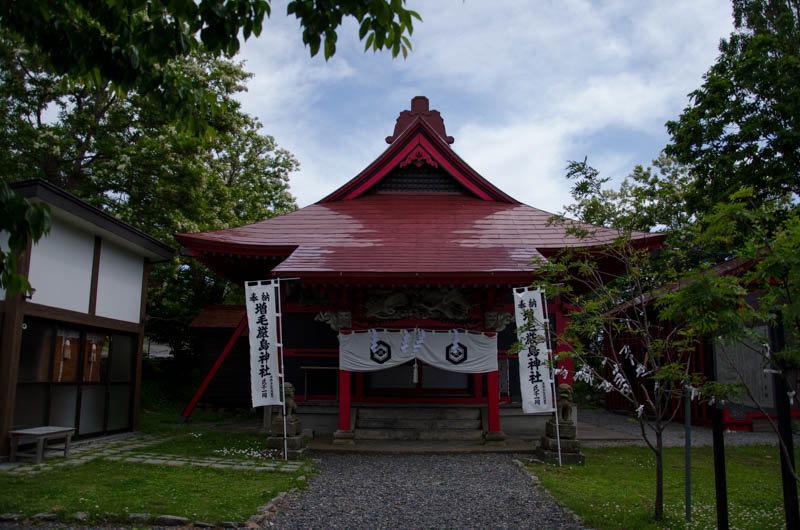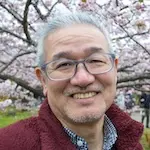About a 4-minute walk south of Kunimare Sake Brewery lies Itsukushima Shrine. Visitors will be amazed by the intricate and magnificent sculptures adorning various parts of this shrine.
The delicacy and beauty of these sculptures are truly remarkable! One might wonder why such splendid sculptures adorn a shrine in a rural town in Hokkaido upon first sight.
Indeed, there is profound significance behind the establishment of this shrine, deeply intertwined with the history of Mashike town.
In Japan, understanding the history and origins of a town often involves learning about its shrines and temples, as they reflect how the local community has evolved over time. Itsukushima Shrine serves as a testament to the former prosperity of Mashike, which thrived through herring fishing.
Access
About Itsukushima Shrine
The Itsukushima Shrine, known for its magnificent sculptures, was originally established in the third year of the Hōreki era (1753) by Murayama Denbei, who became the contractor for Mashike, as a guardian deity of the shipping warehouse, founding the “Benten Shrine.” Such sculptures adorn only this shrine in Hokkaido.
In the thirteenth year of the Bunsei era (1817), it was separated from Itsukushima Shrine in Aki Province (present-day Hiroshima Prefecture), becoming the Itsukushima Shrine, the guardian shrine of Mashike District, in the ninth year of the Meiji era (1876). At that time, it was located near the harbor but was moved to Benten-cho 4-chome in the fourteenth year of the Meiji era (1881) and to the current Inaba-cho in the 26th year of the same era (1893).
The main shrine, completed in the thirty-fourth year of the Meiji era (1901) after two years of work by Miyakogi craftsmen from Niigata Prefecture, is a solemn building of total keyaki (Zelkova serrata) construction with copper roofing, displaying the master craftsmanship of sculptor Munekichi Shinoda. The surrounding walls feature sculptures inspired by Chinese classics with vibrant wood grain finishes. The intricate crane sculpture in front of the main hall captivates with its meticulous craftsmanship. Additionally, lattice ceiling paintings depicting clouds and dragons, painted by local Japanese painter Seiryu Hirako, surround the ceiling painting of the crane and are vividly preserved with colorful flowers and birds throughout the seasons.
The main shrine and seven donated ema (wooden plaques) were designated as tangible cultural properties of Hokkaido in Heisei 30 (2018).
In the Rumoi Subprefecture, there are also Itsukushima Shrines in Haboro Town, the islands of Yagishiri and Teuri, and in Teshio Town, all of which are worshipped as guardian deities of the areas reclaimed from the sea, playing a significant role as spiritual pillars for local residents, praying for safe navigation and prosperous livelihoods.




